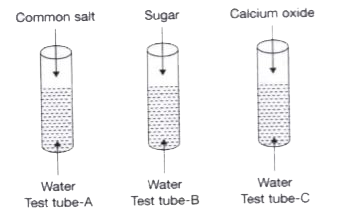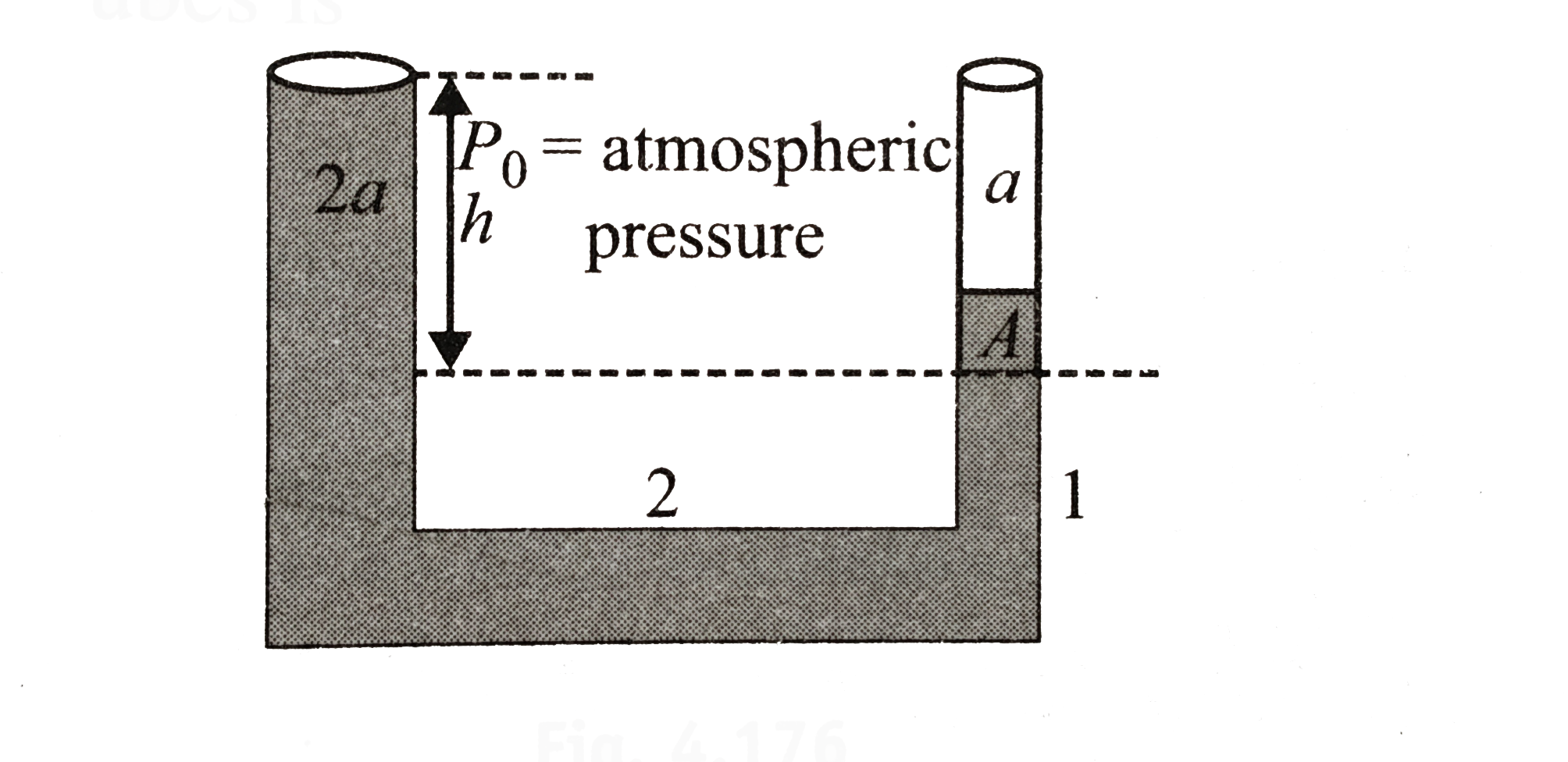A set of 6 test tube having same temperature but different pH were setup to conduct an experiment . To each of the tubes, starch and amylase were added in a mix of sterile water . The concentration was kept the same . The following table notes the reaction completion time for each of the six tubes.
PH1357911Time taken to complete in seconds (s).94643253566
Using the above data , determine the pH where amylase has shown highest rate of activity.
pH 1
pH 5
pH 7
pH 11
The correct Answer is:C
To determine the pH at which amylase shows the highest rate of activity, we will analyze the provided data regarding the time taken for the reaction to complete at different pH levels.
1. Understand the Data: We have 6 test tubes with different pH levels and the time taken for the reaction to complete is recorded. The pH levels and corresponding times are:
- pH 1: 94 seconds
- pH 3: 64 seconds
- pH 5: 32 seconds
- pH 7: 5 seconds
- pH 9: 35 seconds
- pH 11: 66 seconds
2. Identify the Reaction Completion Time: We need to find out which pH resulted in the least time taken for the reaction to complete. The lower the time, the higher the rate of activity of the enzyme amylase.
3. Compare the Times:
- pH 1: 94 seconds
- pH 3: 64 seconds
- pH 5: 32 seconds
- pH 7: 5 seconds (least time)
- pH 9: 35 seconds
- pH 11: 66 seconds
4. Determine the Optimal pH: From the comparison, we can see that at pH 7, the reaction completed in just 5 seconds, which is significantly lower than the other pH levels.
5. Conclusion: Therefore, the pH where amylase has shown the highest rate of activity is pH 7.
Final Answer:
The pH where amylase has shown the highest rate of activity is pH 7.
- pH 1: 94 seconds
- pH 3: 64 seconds
- pH 5: 32 seconds
- pH 7: 5 seconds
- pH 9: 35 seconds
- pH 11: 66 seconds
- pH 1: 94 seconds
- pH 3: 64 seconds
- pH 5: 32 seconds
- pH 7: 5 seconds (least time)
- pH 9: 35 seconds
- pH 11: 66 seconds
The pH where amylase has shown the highest rate of activity is pH 7.
Topper's Solved these Questions
Similar Questions
Knowledge Check
- Question 1 - Select One
Iron nails were added to ferrous sulphate solution in a test tube and kept for some time. The colour of iron nails became brownish. The reaction that takes place in categorised as
ADecomposition reaction.BCombination reactionCDouble decomposition reaction.DDisplacement reaction. - Question 2 - Select One
Four test tubes of tuhar dal were taken with some water in each and labelled as A, B, C and D. A few drops of the following were added to these test tubes.
Which of the test tube would be able to confirm the presence of metanil yellow adulterant?ATest tube A to which NaOH was addedBTest tube B to which HCl was addedCTest tube C to which alcohol was addedDTest tube D to which water was added - Question 3 - Select One
An iron nail is dipped in the solution of copper sulphate for about 30 minture, state the change in colour observed. Give the reason for the change.
Azinc sulphateBcopper sulphateCiron sulphateDaluminium sulphate.
Four different test tubes were filled with aluminium sulphate solution. Different metals were introduced into these test tubes in following manner.

What can be inferred ?View Solution(a) Identify the test tube(s) in which a chemical change take place.
(b) Does the molecular composition remain the same in all the test tubes?
 View Solution
View Solution(a) Identify the test tube(s) in which a chemical change take place.
(b) Does the molecular composition remain the same in all the test tubes?
 View Solution
View SolutionA student added a piece of zinc metal each to four different test tubes containing different solutions as given below. The test tube in which no reaction was observed, contains
View SolutionIn the figure, the cross-sectional area of the smaller tube is a and that of the larger tube is 2a. A block of mass m is kept in the smaller tube having the base area that of the tube. The difference between water levels of the two tubes is
 View Solution
View Solution

